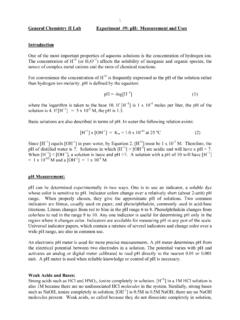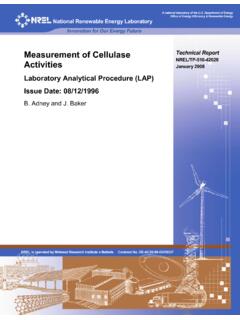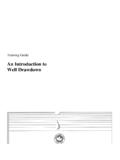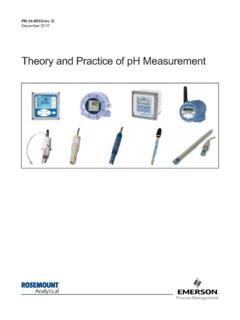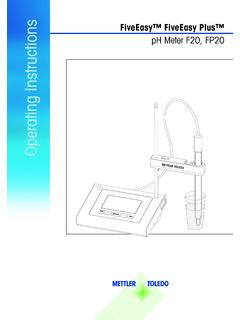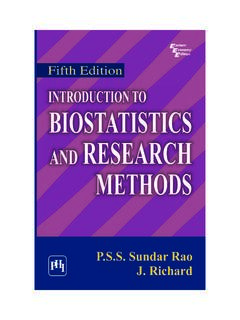Transcription of Accuracy vs. Validity, Consistency vs. Reliability, and ...
1 Accuracy vs. Validity, Consistency vs. Reliability, and Fairness vs. Absence of Bias: A Call for Quality 1 Accuracy vs. Validity, Consistency vs. Reliability, and Fairness vs. Absence of Bias: A Call for Quality Paper Presented at the Annual Meeting of the American Association of Colleges of Teacher Education (AACTE) New Orleans, LA. February 2008 W. Steve Lang, Professor, Educational measurement and Research University of South Florida St. Petersburg Email: Judy R. Wilkerson, Associate Professor, Research and Assessment Florida Gulf Coast University email: Abstract The National Council for Accreditation of Teacher Education (NCATE, 2002) requires teacher education units to develop assessment systems and evaluate both the success of candidates and unit operations. Because of a stated, but misguided, fear of statistics, NCATE fails to use accepted terminology to assure the quality of institutional evaluative decisions with regard to the relevant standard (#2).
2 Instead of validity and reliability, NCATE substitutes Accuracy and Consistency . NCATE uses the accepted terms of fairness and avoidance of bias but confuses them with each other and with validity and reliability. It is not surprising, therefore, that this Standard is the most problematic standard in accreditation decisions. This paper seeks to clarify the terms, using scholarly work and measurement standards as a basis for differentiating and explaining the terms. The paper also provides examples to demonstrate how units can seek evidence of validity, reliability, and fairness with either statistical or non-statistical methodologies, disproving the NCATE assertion that statistical methods provide the only sources of evidence. The lack of adherence to professional assessment standards and the knowledge base of the educational profession in both the rubric and web-based resource materials for this standard are discussed.
3 From a policy perspective, such lack of clarity, incorrect use of terminology, and general misunderstanding of high quality assessment must lead to confused decision making at both the institutional and agency levels. This paper advocates for a return to the use of scholarship and standards in revising accreditation policy to end the confusion. Introduction The rubric for NCATE Standard 2, Assessment System and Unit Evaluation, is fuzzy. This fuzzy rubric leads to fuzzy decisions about the Standard at both the accreditation agency and university levels. Deans and directors of education are left in a Accuracy vs. Validity, Consistency vs. Reliability, and Fairness vs. Absence of Bias: A Call for Quality 2state of confusion about how to operate within this fuzzy context. So are members of the Board of Examiners who recommend the accreditation decisions. This paper is written with the minimum goal of bringing clarity to this aspect of the NCATE accreditation process the assessment of assessment systems.
4 Increased clarity can help college of education deans and directors make policy level decisions about assessment system design and technology support based on a scholarly understanding of the issues at hand. A more ambitious goal is to serve as a call for change, assisting NCATE, and its constituent organizations, in fixing the problem at its root the rubric for the standard itself. The fundamental problem addressed in this paper is that NCATE has chosen to use terminology in the Standard 2 rubric that is non-standard or not commonly accepted. In an effort to make a more user-friendly process (what these authors assert to be an inappropriate policy decision for an agency entrusted with facilitating public accountability), the agency uses the terms Accuracy and Consistency as substitutes for validity and reliability. It also provides non-standard and confounded definitions for the professionally accepted terms fairness and avoidance of bias.
5 Here an attempt is made to untangle the language, showing its sources, and where things went off-track. is that institutions are left groping for solutions to solve ill-defined targets ( , Accuracy vs. validity) with their fear of measurement professionals reinforced and endorsed by NCATE explanations. Software producers that have become proficient in calculating descriptive statistics are now moving incorrectly into the world of inferential statistics, filling the void for statistical help with easy but badly applied math. Sources of Information NCATE Several documents from the NCATE web site have been reviewed and are used. The main NCATE reference is, of course, the current version of the NCATE Standards, Professional Standards for the Accreditation of Schools, Colleges, and Departments of Education. Standard 2, Assessment System and Unit Evaluation, which reads as follows: The unit has an assessment system that collects and analyzes data on applicant qualifications, candidate and graduate performance, and unit operations to evaluate and improve the unit and its programs.
6 The Standard has three elements: (1) Assessment System; (2) Data Collection, Analysis, and Evaluation; and (3) Use of Data for Program Improvement. The focus here is on the first element, and the rubric for that element is presented in Figure 3, with the main words of interest for this paper in boldfaced font. Unacceptable Acceptable Target The unit has not involved its professional community in the The unit has developed an assessment system with its The unit, with the involvement of its professional community, is Accuracy vs. Validity, Consistency vs. Reliability, and Fairness vs. Absence of Bias: A Call for Quality 3development of an assessment system. The unit s system does not include a comprehensive and integrated set of evaluation measures to provide information for use in monitoring candidate performance and managing and improving operations and programs.
7 The assessment system does not reflect professional, state, and institutional standards. Decisions about continuation in and completion of programs are not based on multiple assessments. The assessments used are not related to candidate success. The unit has not taken effect steps to examine or eliminate sources of bias in its performance assessments, or has made no effort to establish fairness, Accuracy , and Consistency of its assessment procedures. professional community that reflects the conceptual framework(s) and professional and state standards. The unit s system includes a comprehensive and integrated set of evaluation measures that are used to monitor candidate performance and manage and improve operations and programs. Decisions about candidate performance are based on multiple assessments made at admission into programs, at appropriate transition points, and at program completion. Assessments used to determine admission, continuation in, and completion of programs are predictors of candidate success.
8 The unit takes effective steps to eliminate sources of bias in performance assessments and works to establish the fairness, Accuracy , and Consistency of its assessment procedures. implementing an assessment system that reflects the conceptual framework(s) and incorporates candidate proficiencies outlined in professional and state standards. The unit continuously examines the validity and utility of the data produced through assessments and makes modifications to keep abreast of changes in assessment technology and in professional standards. Decisions about candidate performance are based on multiple assessments made at multiple points before program completion. Data show the strong relationship of performance assessments to candidate success. The unit conducts thorough studies to establish fairness, Accuracy , and Consistency of its performance assessment procedures. It also makes changes in its practices consistent with the results of these studies.
9 Figure 3: NCATE Rubric for Element 1 of Standard 2 Assessment System Other NCATE sources are as follows: Assessing the Assessments: Fairness, Accuracy , Consistency , and the Avoidance of Bias in NCATE Standard 2. The authors are not identified and will be referenced merely as NCATE. This is the primary source document used for this paper, since it begins with the following statement: Fairness, Accuracy , Consistency , and the elimination of bias are important concepts in the first element of NCATE Unit Standard 2, Assessment and Unit Operations (p. 1). In order to cite the entire resource paper within this paper, to avoid confusion, we have shadowed the text so that it stands out from the interpretations provided herein. The paper provides the rubric language and then states its purpose as follows: This paper is written to 1.) define the concepts of fairness, Accuracy , Consistency , and the elimination of bias; and 2.) provide examples of how institutions can ensure that their assessments adequately reflect these concepts.
10 (p. 1) Specifications for a Performance-Based Assessment System for Teacher Education (Stiggins, 2000). This document appears to be the primary source for the Assessing the Assessments paper, although it is not directly quoted other than as a footnote. Accuracy vs. Validity, Consistency vs. Reliability, and Fairness vs. Absence of Bias: A Call for Quality 4 Other NCATE resources, although not directly cited herein, cite the Stiggins resource, indicating its continuing influence on NCATE policy and procedures. These include: Aligning Assessments with NCATE Standards (Elliott, 2001) Student Learning in NCATE Accreditation (Elliott, 2005) Criteria for Evaluating Performance Assessments (Beggar and Zornes, 2006) Professional measurement Standards The standards used by the measurement profession are contained in the Standards of Educational and Psychological measurement , published in 1999 by a joint committee of three influential and important organizations: the American Association of Educational Research (AERA), the American Psychological Association (APA), and the National Council on measurement in Education (NCME).










